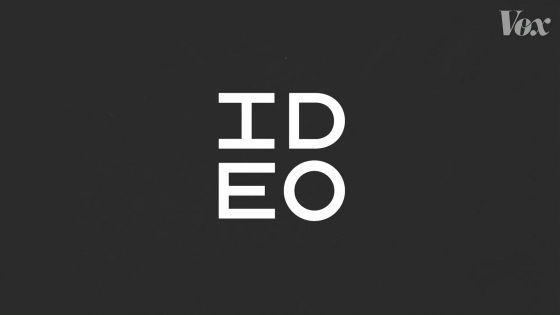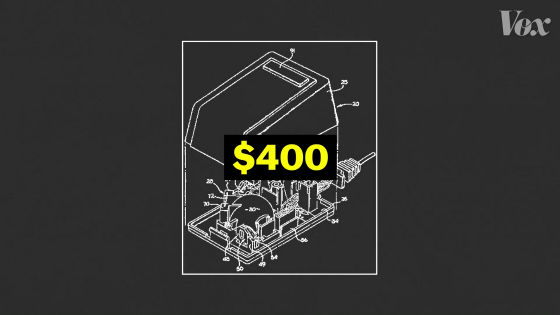Tim Brown of "IDEO", one of the world's leading design farms that designed Apple's mouse, talks about "how to design"

Design consulting company's "IDEO"Is one of the most famous designers in the world. Tim Brown, CEO of IDEO, known for designing Apple 's first mouse, talks about "how to solve problems with design".
How to solve problems like a designer - YouTube
Apple's first "mouse"

A computer sold for $ 10,000 (at the rate of about 2.4 million yen)Lisa"Was adopted in.

It was the design farm IDEO that designed this mouse.

The task the IDEO received from Apple was straightforward. A mouse that was equivalent to $ 400 ... ...

It is "to make at 35 dollars". Moreover, it can produce in large quantity, gives high reliability, furthermore with the condition of "simple thing".

Mice that have become indispensable to the PC were created in this way.

After more than 30 years since then, IDEO never designs products. IDEO shifted to designing "network" and "experience" such as design of voting system of Los Angeles city and design of donor retrieval system.

There are many factors that changed IDEO's work from mouse design to elementary school program design.

Mr. Tim Brown of IDEO.

"The world is amazing and full of beautiful products"

"It's a wonderful product from furniture to appliances, right?"

"There is a chance to make them even better and there are many things to do"

"But what I'm interested in is" what does not work well ... "

"And yet," something that can greatly impact society ", they are often" more complicated ""

In 1971 designer Viktor Papanek published "Design For The Real World" book.

The premise was simple. That is, "creators should adopt the same design strategy from industrial products to social problems such as pollution and overpopulation".

IDEO has designed it exactly until 2001. I have designed the products from products to the real world experience with the same strategy.

Mr Brown says that the design steps are in four stages.

The first step is "observation". Observe the world carefully and observe from various angles. "When thinking about" ergonomics ", we will talk about how people spend and how to ask questions why do we do this and why not do this?"

"Let's say someone is struggling to open a jam bottle,"

"Should we redesign the jam lid?"

"Or should we create a new tool?"

"Why is this happening? The first step is to see the world thoroughly, which will create good doubts."

In order to make a mouse, it was necessary to observe how people use computers and to know what they want and what they do not want.

And those answers will change over time.

Naturally, the design will change to match that change.

Team of IDEO in order to design a school, that of the spent one month in Peru.

Meet with students, parents, teachers, investors, government officials, business leaders ... ...

We go through the process of studying plan, classroom design, accessibility to technology, deciding tuition fees that can be paid reasonably.

The second step is to "give out ideas." "What can be done, what is better to do, what is the different way? We call the process of submitting this idea" Ideation "or" Ideamaking "

After that a fun process will come. The third stage is "Production of prototype (prototype)"

"Beginning is to make a simple cardboard model ... ...."

"Draw a rough sketch ... ...."

"Model using computer software and show what you have made to others"

It is said that the prototype is often rough. For example, it seems that the first prototype of the mouse was made from "perfume stick" and "butter dish".

The fourth stage is "trial"

"There are things that you do not move when you test it, it's ok, only you need to rework ideas and start over, and that's it." By learning from prototypes you can understand what does not work Sometimes I throw away the idea and start over from there and sometimes search for new ideas. "

"I will go through such a four-step loop over and over and keep asking and get something that someone really needs."

"The last finish will come from iteration"

"That's a" story. "

"Because you always try to explain to people why their ideas are interesting"

"I think not" one brain "is needed in a complicated system of design, but" a lot of brains ""

"Lots of brains create literally rich and sophisticated outcomes by gaining a variety of perspectives, different creative contributions, and collaborative work."

Related Posts:







